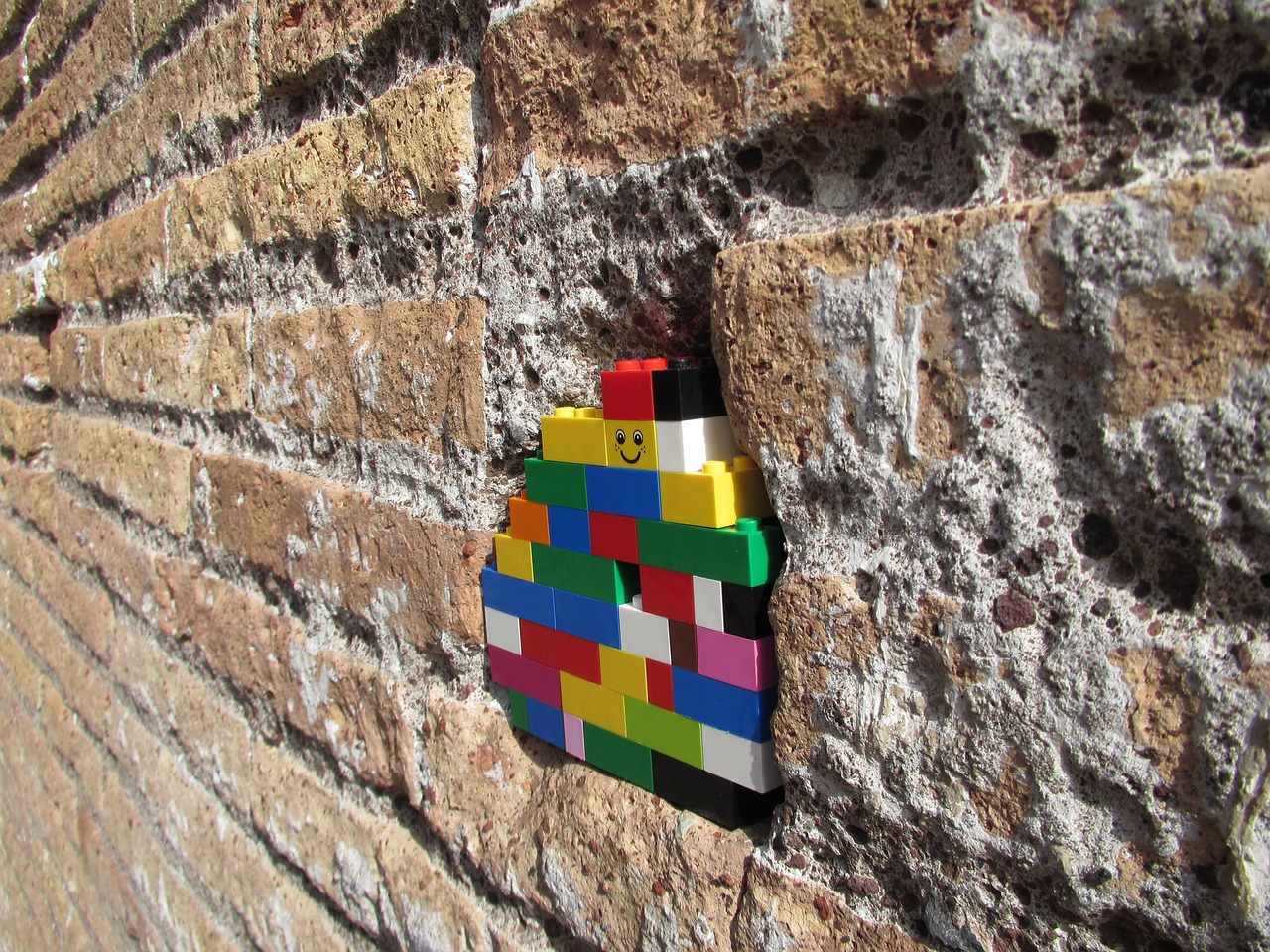Lego Architecture is a captivating subtheme within the world of Lego that merges the love for building with an appreciation for iconic architectural landmarks from around the globe. It’s a testament to human ingenuity and creativity that allows enthusiasts of all ages to recreate some of the world’s most famous buildings, skylines, and landmarks using Lego bricks. In this article, we will delve into the fascinating realm of Lego Architecture, exploring its origins, its popularity, and the magic of building miniature architectural wonders.
Lego: A Journey Through Time
Before we dive into the realm of Lego Architecture, let’s take a quick journey through the history of Lego itself. The story of Lego begins in the early 20th century when Ole Kirk Christiansen, a Danish carpenter, founded a small company in 1932. The name “Lego” is derived from the Danish words “leg godt,” which mean “play well.” Little did he know that this humble start would lead to a global phenomenon.
It wasn’t until 1949 that Lego introduced its first interlocking brick system, a precursor to the modern Lego bricks we know today. These bricks had a simple design but offered infinite possibilities for creative construction. The true breakthrough came in 1958 when the modern Lego brick, with its now-familiar interlocking studs, was introduced. This innovation revolutionized the world of toys and laid the foundation for what would become Lego’s incredible success.
The Viral Rise of Lego
Lego quickly gained popularity among children and adults alike for its versatility and endless creative potential. The ability to build, disassemble, and rebuild creations fueled the imaginations of generations. The company’s commitment to quality and innovation ensured that Lego sets maintained their appeal over time.
One key aspect of Lego’s enduring success is its commitment to licensing agreements. By partnering with popular franchises like Star Wars, Harry Potter, Marvel, and DC Comics, Lego expanded its appeal to a broader audience, including fans of these iconic brands. These partnerships introduced themed Lego sets, allowing fans to build and play within their favorite fictional universes.
The Birth of Lego Architecture
Lego Architecture, however, emerged as a unique concept within the Lego universe. It wasn’t until 2008 that Lego introduced the Architecture theme, offering builders the opportunity to recreate famous landmarks, skylines, and architectural wonders. The debut set, “21000 Sears Tower” (now known as the Willis Tower), marked the beginning of Lego’s exploration of the architectural world.
The Popularity of Lego Architecture
Lego Architecture quickly gained popularity, appealing not only to Lego enthusiasts but also to architects, designers, and anyone with an appreciation for iconic structures. Several factors contributed to its widespread acclaim:
- Attention to Detail: Lego Architecture sets are renowned for their meticulous attention to detail. From the intricate facades of famous buildings to the accurate representation of landmarks, these sets offer a miniature yet faithful reflection of architectural marvels.
- Educational Value: Each Lego Architecture set includes a booklet that provides historical and architectural insights into the featured structure. This educational aspect enhances the building experience, offering a unique learning opportunity.
- Aesthetic Appeal: The sleek, monochromatic design of Lego Architecture sets gives them an elegant and sophisticated appearance. These sets serve as both stunning display pieces and engaging construction challenges.
- Collector’s Items: Lego Architecture sets have become sought-after collector’s items. As limited editions and with periodic retirements, they often appreciate in value over time, attracting collectors and investors.
Exploring Iconic Lego Architecture Sets
One of the remarkable aspects of Lego Architecture is the diversity of iconic structures that have been faithfully recreated in brick form. Let’s take a closer look at a few standout sets:
- The Eiffel Tower (21019): This set allows builders to construct a detailed replica of the world-famous Eiffel Tower. With over 300 pieces, it captures the grace and elegance of this Parisian landmark.
- The Statue of Liberty (21042): A symbol of freedom and democracy, the Statue of Liberty is an iconic representation of New York City. Lego Architecture’s rendition showcases Lady Liberty’s torch and crown in stunning detail.
- The Sydney Opera House (21012): This Lego set beautifully captures the unique sail-like design of the Sydney Opera House. With its white tiles and translucent blue elements, it’s a testament to the fusion of art and architecture.
- The Capitol Building (21030): The United States Capitol Building in Washington, D.C., is a symbol of democracy and governance. This Lego set features an impressive dome and detailed facade, making it a fitting tribute to American history.
- The Burj Khalifa (21031): The Burj Khalifa in Dubai, the world’s tallest building, is a modern marvel of architecture. This Lego set emulates the building’s sleek design and impressive height.

The Future of Lego Architecture
Lego Architecture continues to thrive, introducing new sets and inspiring builders around the world. As architecture and design evolve, so too will the Lego Architecture theme, offering enthusiasts the opportunity to recreate future landmarks and iconic structures.
Lego Architecture has successfully bridged the worlds of art, design, and play. Its ability to transform iconic architectural landmarks into miniature masterpieces has captivated the hearts of Lego enthusiasts and architecture aficionados alike. As Lego’s journey from a Danish carpenter’s workshop to a global sensation demonstrates, the magic of creativity knows no bounds. So, whether you’re an aspiring architect, a Lego collector, or simply someone who appreciates the beauty of iconic structures, Lego Architecture invites you to build, explore, and celebrate the world’s architectural wonders—one brick at a time.
Facebook
Twitter
LinkedIn



